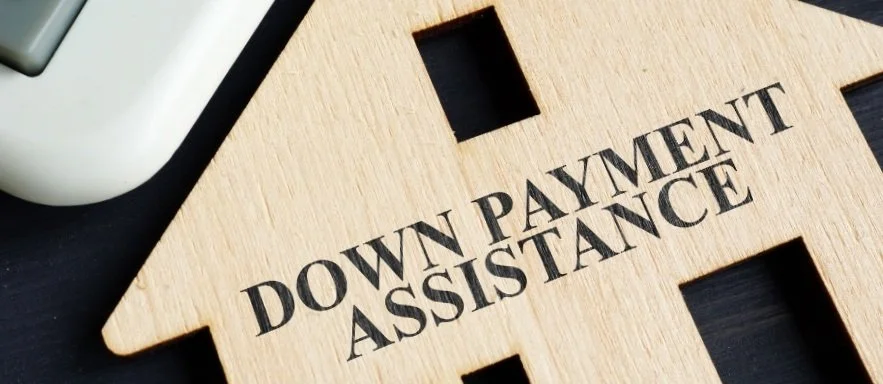The Truth About Down Payment Assistance Programs
When it comes to buying a home, one of the biggest hurdles for many buyers is coming up with the down payment. This is where down payment assistance (DPA) programs come into play. At first glance, they seem like the perfect solution: free money to help you secure your dream home. But the truth is, these programs come with certain conditions that aren’t always clear upfront. Before you jump in, it’s important to understand what these programs really involve. Let’s dig into some key points.
1. Higher Interest Rates
One lesser-known fact about DPA programs is that they often come with higher interest rates compared to traditional loans. Why? Lenders view these loans as a higher risk because you're financing your down payment, which could signal that you have less financial flexibility. That extra risk usually translates into a higher rate, meaning you’ll end up paying more over the life of the loan.
2. Some Programs Are Second Mortgages
Not all down payment assistance programs are structured the same way. Some are actually second mortgages, meaning you’ll be taking on an additional loan. This second mortgage can either be repayable over time, or it might only need to be repaid when you sell or refinance the home. Either way, this isn’t exactly "free money," and it’s important to understand the terms before signing on.
3. It May Affect Your Loan Approval
A major misconception about down payment assistance is that it won’t affect how much you’re loaned. In reality, lenders often consider the assistance when determining the loan amount, which could be lower than expected. This, in turn, may limit your borrowing power and reduce your options when house hunting. Additionally, lenders might adjust the loan terms based on the assistance, impacting your ability to qualify for the home you want.
4. The Reality of Down Payment Assistance
A common misconception is that down payment assistance is "free money." While some programs do offer grants, most DPA options come with strings attached, such as higher interest rates, second mortgages, or repayment conditions. If you’re comfortable with these trade-offs, these programs might still be a good fit for you—just make sure you understand the terms upfront to avoid surprises later.
Down payment assistance can be a valuable resource, especially for first-time buyers, but it's essential to be aware of the potential trade-offs. Speaking with a trusted real estate professional or mortgage advisor can help you fully understand the long-term financial impact before making a decision.
